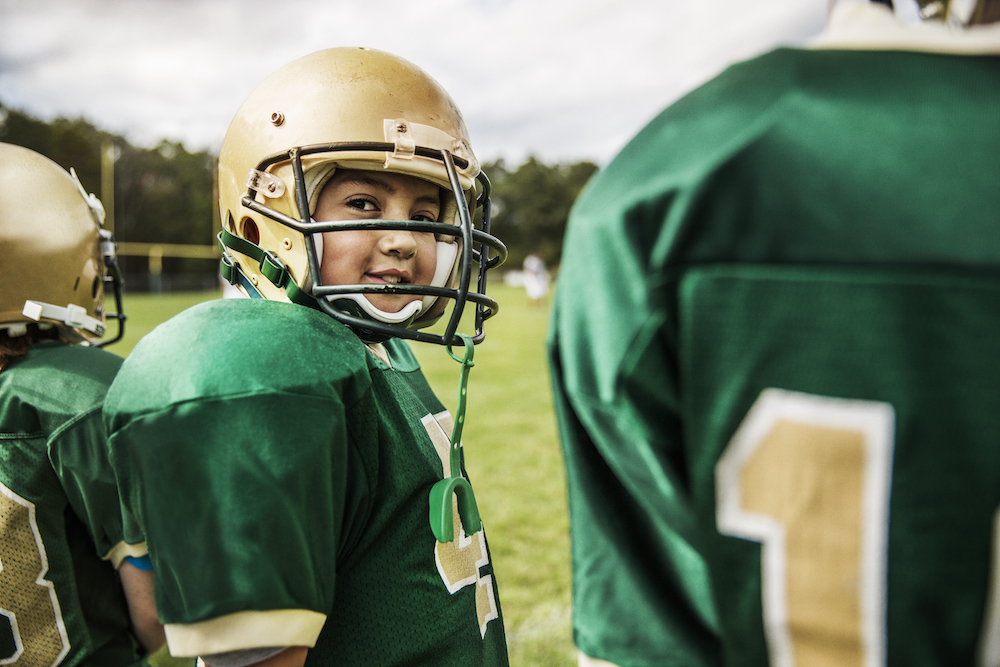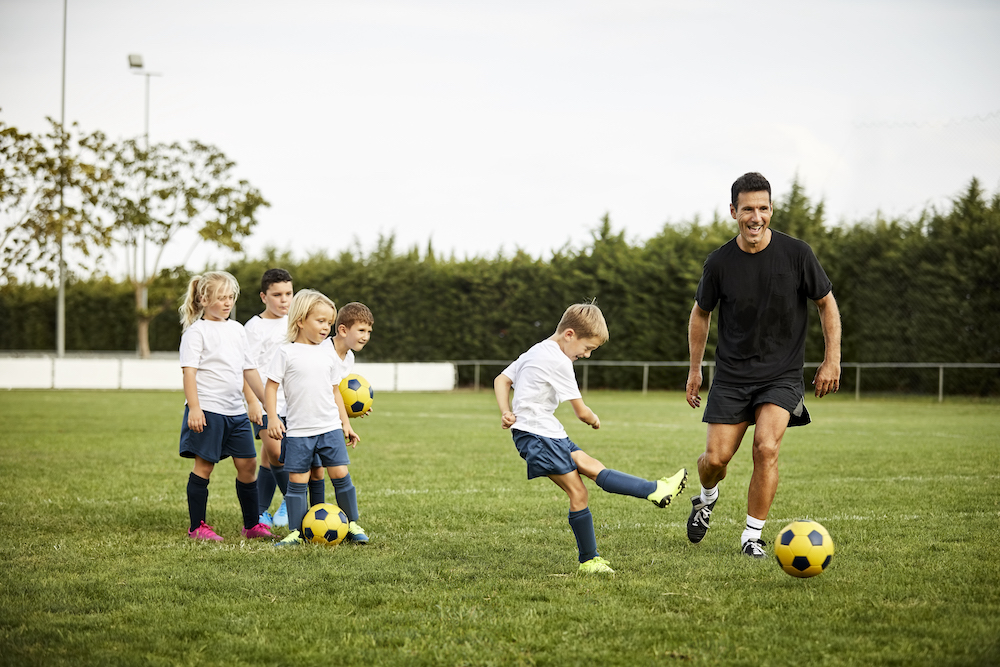
Go team! During Sports Eye Safety Month, keep young athletes safe and motivated with coaching from AHN Pediatrics
“Should I push my kid to play sports? He could really use the exercise and socializing, but I’m worried about his safety.”
School and community sports teams are a great way for kids to make friends, learn about teamwork, and start a lifelong enthusiasm for exercise that supports good health. Plus, the whole family can attend practices, sell hot dogs, and cheer proudly from the bleachers.
“Along with the physical activity they need, sports give children a way to learn hand-eye coordination and movement skills,” said Jennifer Romero, MD, of AHN Pediatrics. “They can also develop social, organizational, and self-regulatory abilities.”
Youth sports help youngsters and teens achieve:
- More strength and energy.
- Better overall mental health.
- Higher bone mineral density (among girls and women).
- Less risk of cardiovascular disease.
- Fewer weight and obesity problems.
“On the other hand, a dedication to school sports can reduce time available for homework, sleep, family, and other hobbies,” said Dr. Romero. “Some children don’t relish the fierce competition, or respond well to feedback from coaches or teammates, so it should always be the child’s choice to participate or continue.”
How young is too young?
For toddlers and young children, the goal is to play, experiment, and explore new activities, not to keep score.
“With younger children, choose sports that focus on fun — which means equal playing time, everyone trying different positions, positive coaching, and a chance to succeed,” said Dr. Romero. “If it’s too intense and starts to dominate their life, it stops being fun and kids are more likely to quit.”

Reduce the risk of overuse injury
If youngsters play a variety of sports, they’ll develop a broader range of skills and greater mental agility. Plus, the natural stress is spread, at different times, to various bones, muscles, ligaments, and joints. However, if they focus solely on one sport or one position too early, problems can arise.
“Early specialization in a single sport and intense, year-round training can overload the young growing body. This could cause tendonitis, growth plate injuries, and stress fractures. It can also heighten the risk of mental stress and burnout,” said Dr. Romero.
Among youth athletes, pediatricians are seeing instances of:
· Inflammation of the shoulder in swimmers.
· Abnormal growth plate of the shoulder or elbow in baseball players.
· Limits on the growth plate of the wrist in gymnasts.
· Microscopic fractures of the spine from sports with repetitive bending or twisting.
To avoid overload injuries, limit a 10-year-old to no more than 10 hours a week in organized sports; a 7-year-old to less than seven hours. If they spend more than twice as much time in organized sports as they do in free play, they are at increased risk for overuse injuries.
Use goggles to protect eyes
September is Sports Eye Safety Month. According to Prevent Blindness, proper eye protection can reduce the number of eye injuries related to sports — which affected 28,000 people in 2018. Make sure your children and teens are wearing activity-specific eye guards during games and practices. Prescription glasses, sunglasses, and even occupational safety glasses are not enough.
“Children who enjoy sports throughout their lives understand teamwork, respond to competition, and learn how to bounce back from defeat,” Dr. Romero said.
But if organized sports aren’t your kid’s thing, you still want them to stay active. Encourage them to go outside to play catch, jump rope, and ride bikes around the neighborhood. Try out bowling, skating, skiing, and other non-team sports.
Start with a sports physical
Before joining a team, all children should get a physical from their own pediatrician who knows their health and history.
“Sports physicals help us confirm that the child is healthy enough to participate in certain sports,” added Dr. Romero. “We can also advise families on safe practices and avoiding injuries, and identify any risk factors or medical concerns.”
Every child is different, so talk to your pediatrician, or contact AHN Pediatrics, about when and how your children should get involved in sports.







